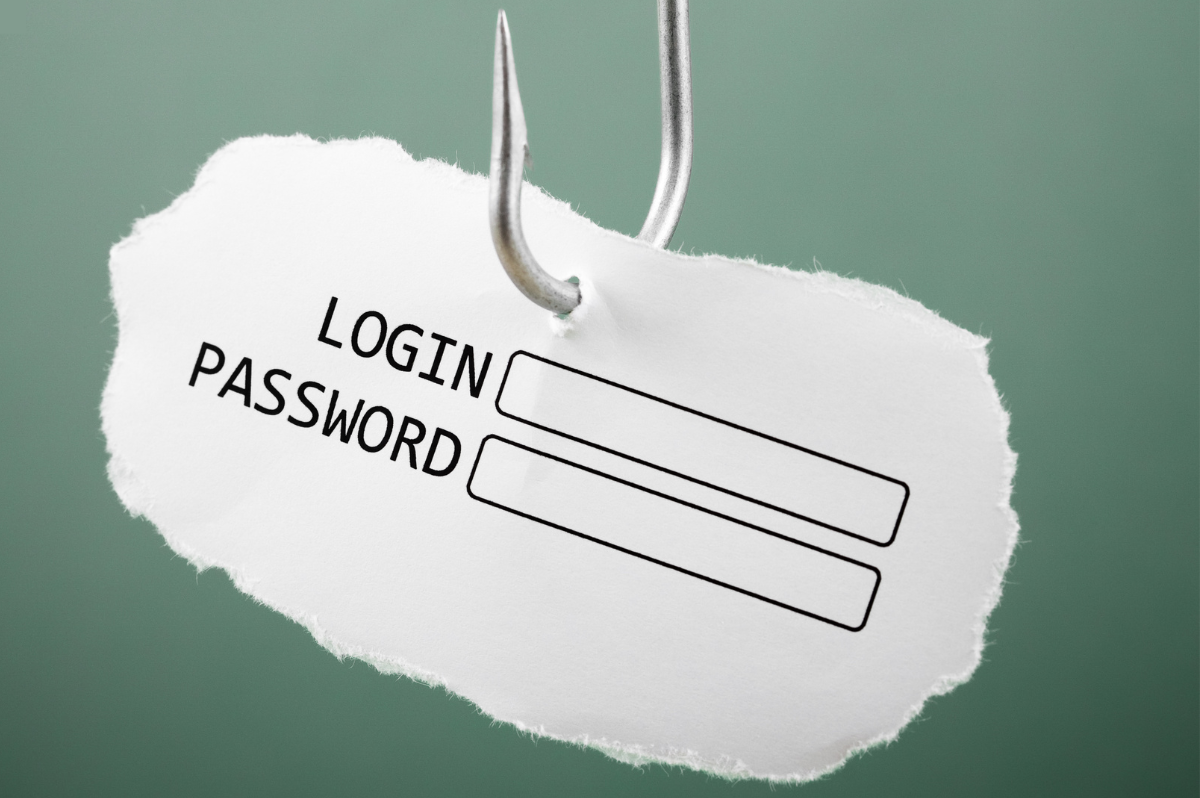How the Zero Trust Security Model Is Evolving To Stop Cyber Threats

Can you put parameters on cybercriminals? In the wake of recent high-profile cyberattacks on companies such as T-Mobile, MailChimp, and NortonLifeLock, it’s no wonder companies are asking themselves: “How can we take a 360-degree approach to stop cyber threats?” The answer is simple: Tear down security barriers and implement a borderless approach to your cybersecurity posture. This concept is where zero trust comes in.
What is Zero Trust?
The Zero Trust Security Model (ZTSM) encompasses a comprehensive approach to cybersecurity that involves continuously verifying all devices, activities, and users on a network, including third-party vendors, cloud services, and other external entities, before granting access to an organization’s network. Rather than establishing a network perimeter, such as with a firewall, a Zero Trust Network Architecture (ZTNA) has no traditional network boundary. Instead, it extends beyond the network edge. In addition, this model has become more sophisticated, incorporating artificial intelligence and machine learning algorithms to identify and stop cyber threats in real-time.
According to an Identity Defined Security Alliance report, 84% of enterprises experienced an identity-related breach in 2022. A whopping 96% believe they could have avoided the breach and its impact with better identity-based zero-trust safeguards. In plain terms, the zero trust framework is based on the premise “never trust; always verify.” As harsh as it may sound, it operates on the assumption that all users are potential threats.
How Can Zero Trust Stop Cyber Threats?
For decades, traditional security models that took a “fenced-in” approach to cyber protection were the de facto security posture. It assumed that threats were outside jobs and that everyone working within a network’s parameters could be implicitly trusted. However, with the ascent of cloud computing in 2004, the traditional network walls began to come down. This shift meant IT security professionals needed to rethink their cybersecurity strategies.
By 2018, vendors, analysts, the channel, and the NIST had introduced the zero trust infrastructure ecosystem and its core components. When Microsoft released its “Zero Trust Adoption Report” in 2021, which showed that 96% of 1,200 security decision-makers believe Zero Trust is critical to their organizations’ success, enterprises and politicians began to notice. The expansion of hybrid and remote work during the COVID-19 pandemic and increasing VPN vulnerabilities and breaches drove greater adoption of an enterprise ZTSM.
“The danger which is least expected soonest comes to us.” – Voltaire
According to the Verizon Wireless 2022 Data Breach Investigation Report, 82% of breaches involved the human element, including social engineering attacks, configuration errors, or clicking on a malicious link. This reality proves that many organizations are lagging in enterprise zero trust immersion. With the continued increase in cloud usage, workforce mobility, and IoT, the number of outside employees, devices, and applications accessing internal network resources has grown exponentially. This transference of digital traffic gives cybercriminals a gateway to an organization’s network and the opportunity to blend in with legitimate traffic. Thus, CISOs must adopt a ZTNA framework that assumes everyone on the network is a threat.
A Mind Shift in How to Stop Cyber Threats
Cybersecurity Insider’s 2020 State of Enterprise Security Posture Report found that most organizations are unaware of approximately 25% of the devices on their network. This lack of asset awareness makes it difficult to improve their security posture. As stated above, the ZTSM shifts the cybersecurity focus and attitude from the “castle-and-moat” parameter-based enterprise security model to a more granular, risk-based security model that eliminates implicit trust and helps organizations better protect their assets and data.
Additional cloud protection policies should include two-factor authentication (2FA) or multifactor authentication (MFA), encryption, and segmentation to secure data and IT resources and ensure that only authorized entities have access. In a ransomware and phishing-infused world, the threat landscape continues to evolve and increase. As a result, the network edge is everywhere, and that’s where enterprise security and a CISO’s mindset needs to be too.
The Role of Endpoint Security
Spending on enterprise endpoint protection increased to $4.3 million in 2022. However, despite the increase in IT budgets for endpoint security, only 39% believe their organizations effectively prevent and detect endpoint attacks. What’s even more alarming is that a recent Tanium survey revealed that 55% of security leaders believe that most endpoint attacks cannot be prevented. Furthermore, another report found that a typical enterprise manages approximately 135,000 endpoint devices today, and 48% are undetectable on their networks.
Because cybercriminals typically use vulnerable endpoints to seize control of and extract data from identification systems such as privileged access management (PAM) and identity and access management (IAM) repositories, CISOs and IT risk professionals must implement a ZTNA framework at the core of the network, which protects the entire IT stack and accelerates how quickly they can close any endpoint security gaps.
The Rise of Multi-Cloud Tech Stacks
Over the past three years, the increased use of multicloud environments has created complex challenges for CISOs and IT security professionals. Misconfigured cloud privileges across multiple cloud service providers are among the most common concerns. Because Zero Trust nullifies trust assumptions, enforces a least-privileged access policy, and expands the protect surface, a ZTNA is the only solution that can offer robust protection and threat mitigation.
According to Forrester Research, a zero trust multicloud solution must:
- Ensure only known, allowed traffic or legitimate application communication is permitted.
- Leverage a least-privileged access strategy and strictly enforce access control.
- Inspect and log all traffic.
Furthermore, by defining the core requirements for IAM and PAM, enterprises can prevent identity-based threats from becoming breaches.
Implementing Data Segmentation
When organizations relied on a boundary-based security strategy, a bad actor could get through its firewall and wreak havoc on a network and its vital resources. However, a ZTNA offers enterprises a powerful weapon: Data segmentation. With zero trust, data is segmented into smaller buckets, which gives users access to the least amount of data needed to do their jobs.
This approach significantly limits the amount of damage an intruder can do because the data pool is much smaller, and can ultimately help to stop cyber threats. In addition, this reduced data pool allows CISOs to track compromised data better, so it’s easier to recover if an attack is successful.
Putting the Focus on Continuous Monitoring
An effective ZTNA offers continuous monitoring with a single-pane view of an organization’s IT ecosystem, which makes it easier to identify anomalies in user behavior or a potential threat so it can act instantly to prevent data loss. For example, a solid ZTSM could include monitoring software that alerts management when users attempt to access data unrelated to their job function or if they are trying to delete a large number of company files. With the right technology and policies, a ZTNA automatically blocks a suspicious user as soon as unusual behavior is detected. In addition, a robust backup solution on the network will make a copy of that data. Hence, a CISO has a current backup and can restore the data if an attacker’s attempt to gain network access is successful.
In Conclusion
Zero trust has evolved to become a practically fail-proof security model. It’s a more robust and risk-based solution that has proven to be able to stop cyber threats in their tracks. With the rise of IoT devices and other connected technologies, organizations need the right tools to protect against cyberattacks. A zero trust approach to an organization’s security posture and strategy can help them safeguard their assets while remaining agile enough to quickly adapt when needed – even if it means changing their minds and attitudes about cybersecurity altogether.
Try Portnox Cloud for Free Today
Gain access to all of Portnox's powerful zero trust access control free capabilities for 30 days!





